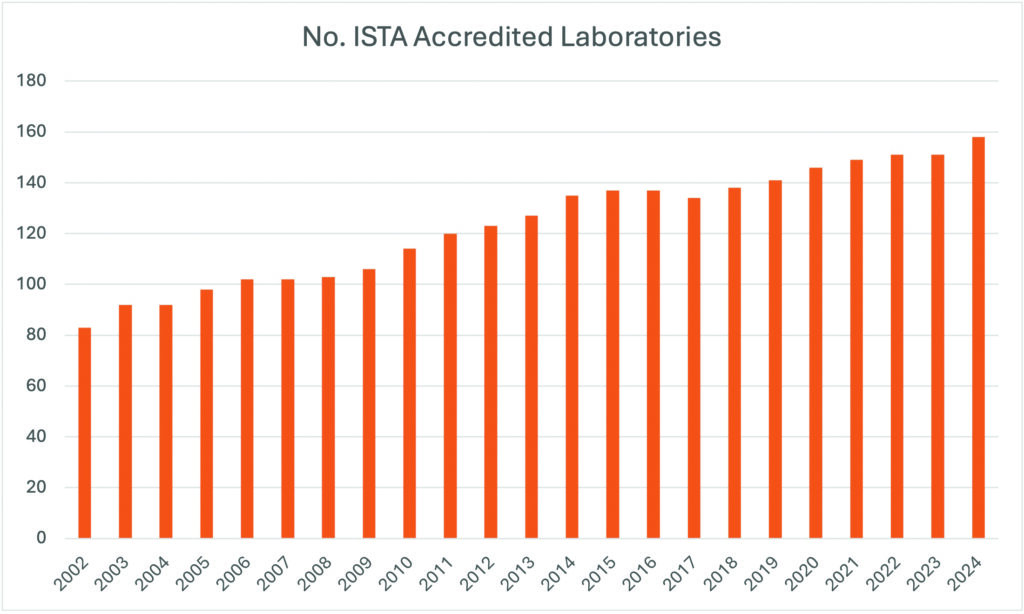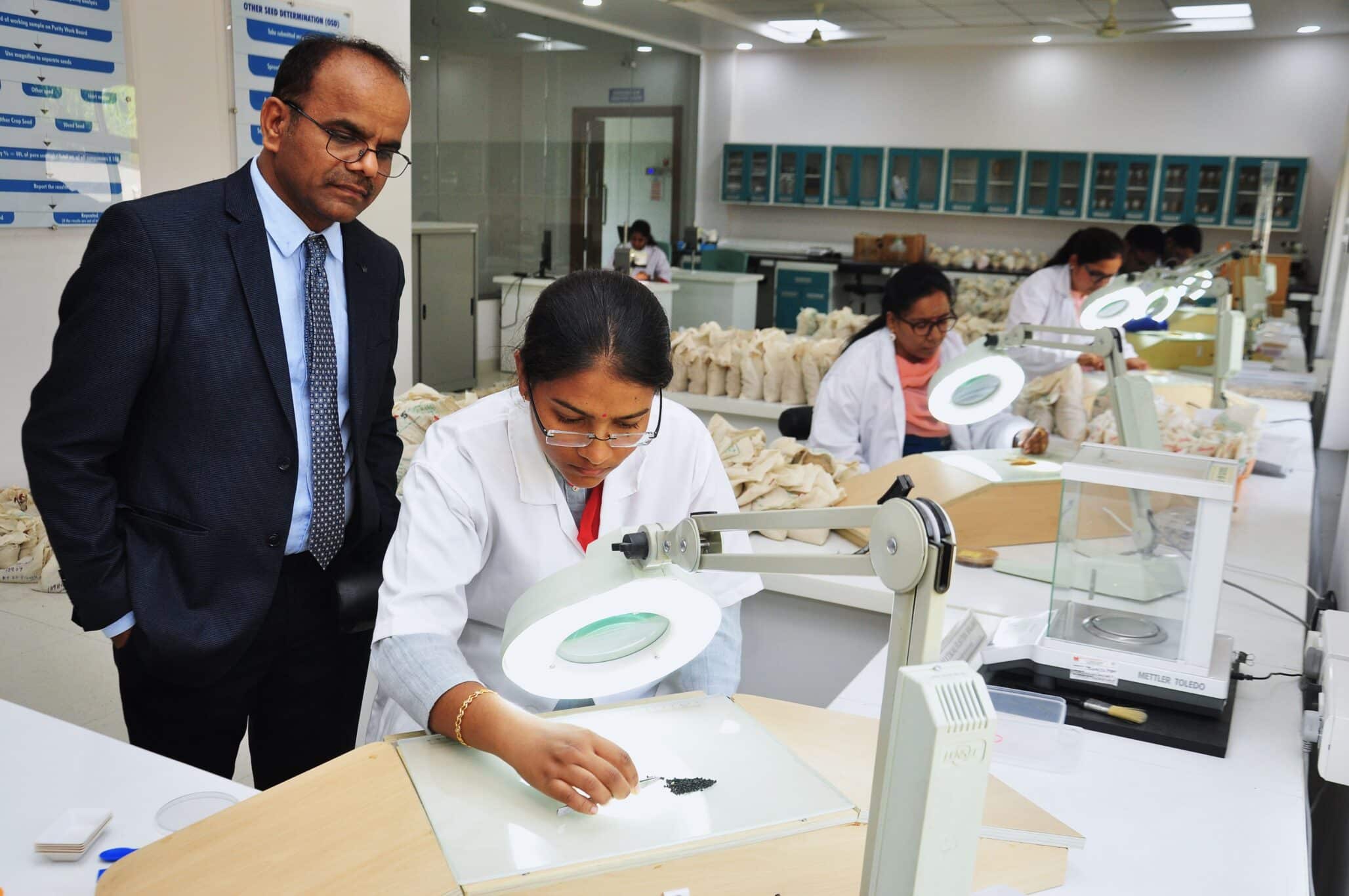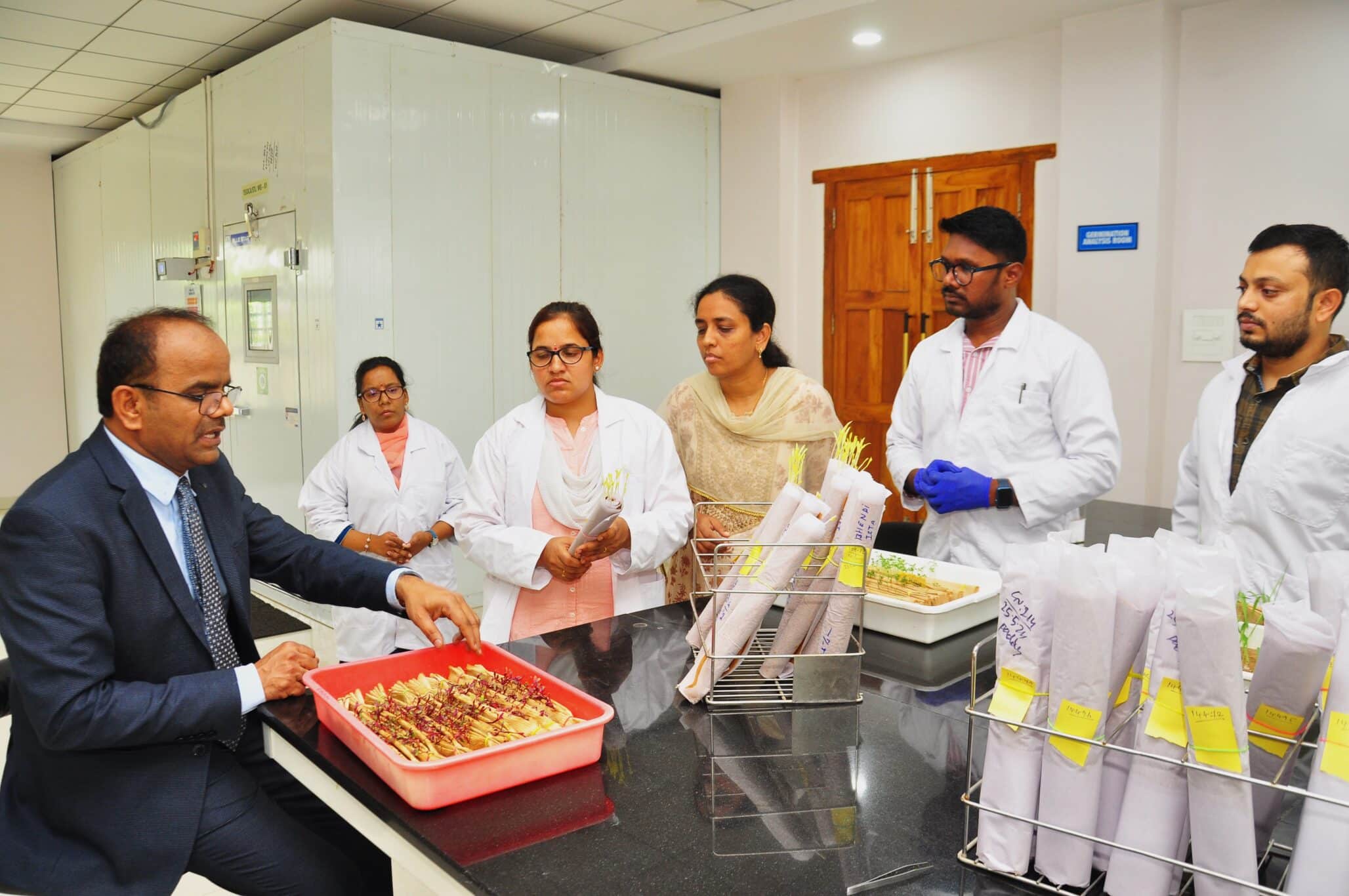ISTA’s primary instrument in promoting uniformity in seed testing is the ISTA International Rules for Seed Testing, which lays down standard methods and procedures for seed sampling and testing.
The International Seed Testing Association (ISTA) International Rules for Seed Testing includes 19 Chapters describing principles and definitions in detail. The Rules are designed for many agricultural crops, flowers, trees, shrubs, medical and herbage species.
The Rules are approved and amended at ISTA Ordinary Meetings based on advice tendered by the ISTA Technical Committees.
The Rules are referenced in a number of seed laws worldwide as the standard for seed testing and are part of the standard contract of the member of the International Seed Federation (ISF) for arbitration.
ISTA Accreditation
The aim of the ISTA Accreditation Programme is to verify if a seed testing laboratory is technically competent to carry out seed testing procedures in accordance with ISTA’s published Rules.
Accredited laboratories must show that they run a quality assurance system fulfilling the requirements of the ISTA Accreditation Standard. Only laboratories accredited by ISTA are authorised to issue ISTA International Seed Analysis Certificates. By reporting seed test results on ISTA International Orange Seed Analysis Certificates, the issuing laboratory assures that the sampling and testing has been carried out in accordance with the ISTA Rules.
ISTA International Seed Analyst Certificates are accepted by many authorities and consumers as assuring reproducible and true results representing the quality of seed.
There are two types of ISTA certificates:
- The Orange International Seed Lot Certificate refers to a seed lot, and sampling and testing are carried out under the responsibility of an ISTA Accredited Seed Testing Laboratory.
- The Blue International Seed Sample Certificates is a laboratory report on test results based on a seed sample as it was submitted by the applicant.
The use of the Orange International Seed Lot and Blue International Seed Sample Certificates has had a relatively constant rate of growth over the past decade and a half of about 2.5% annually, demonstrating the growing importance of uniform seed testing (see Figure 1).
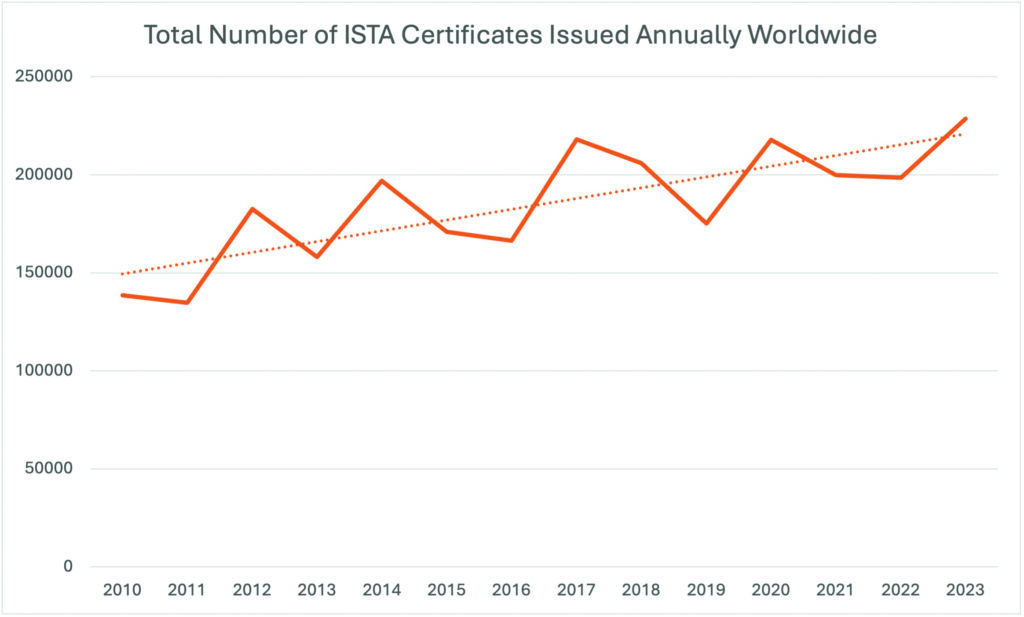
30% over the past 14 years, or about 2.5% per year.
ECertificates Coming Soon
As we enter a new century, ISTA will introduce an electronic certificate system (eCertificates). This will enable third parties not only to receive the originals much quicker, but also to verify online. The system will be operated first in parallel to the paper certificates on a voluntary basis, beginning after the ISTA Centenary Annual Meeting, so long as that decision is approved by the Ordinary General Meeting. Countries wishing only to receive eCertificates should notify the importers of this in advance.
Proficiency Testing
Only Member Laboratories of ISTA may become accredited. Prior to accreditation, applicants must demonstrate their ability to carry out seed testing in accordance with the ISTA Rules through participation in the Proficiency Test Programme (PT). There are three PT rounds per year covering at least four crop groups and different tests.
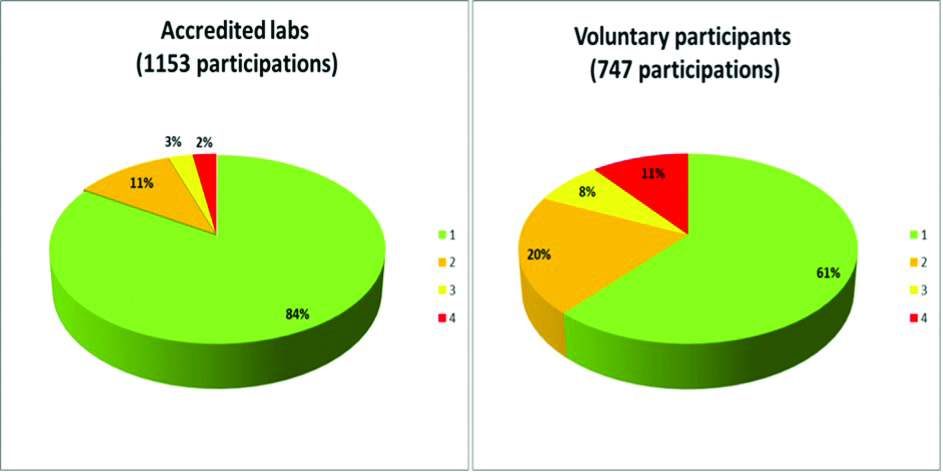
As Figure 2 shows, ISTA accredited laboratories in most cases perform better than non-accredited laboratories in ISTA proficiency testing. This demonstrates that the ISTA accreditation system is effectively and consistently assuring uniformity and quality in seed testing globally.
All ISTA Member Laboratories are eligible to participate in all test rounds of the ISTA Proficiency Test Programme.
Testing is mandatory for ISTA Accredited Member Laboratories and voluntary for non-accredited laboratories who want to benchmark themselves with accredited laboratories and prepare themselves for accreditation.
Three times a year, seed samples are dispatched to laboratories participating in the ISTA Proficiency Test Programme, the goal of which is to identify that all laboratories meet the minimum standard of performance that is reasonable to be expected from an ISTA Accredited Laboratory.
ISTA Member candidates for accreditation are required to establish a quality assurance system which complies with ISTA’s requirements. Criteria for becoming accredited are formulated in the ISTA Accreditation Standard. Part of the accreditation is the on-site assessment. An experienced audit team verifies the laboratory’s compliance with relevant criteria. Accredited Laboratories are re-audited in regular intervals to examine if they continuously abide to the ISTA accreditation requirements.
Once the laboratory is accredited, it is authorised to issue ISTA Certificates for methods and species covered by its scope of accreditation.
The growth rate of ISTA accredited laboratories is about 2% annually over the last 23 years (See Figure 3). This is a little less than the growth rate for the number of ISTA Certificates issued, which is about 2.5 % annually. Nonetheless, the number is increasing especially in the last two years after Covid-19.
